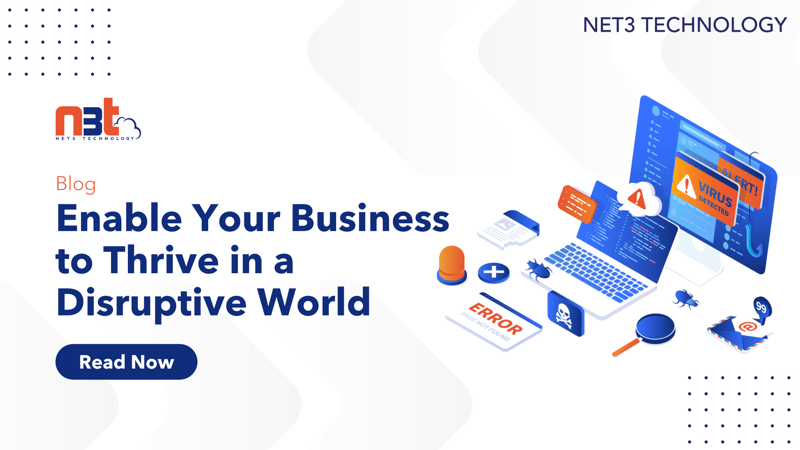As we head into 2025, cloud computing continues to be at the forefront of technological innovation. With businesses across industries increasingly relying on cloud technologies to drive digital transformation, the landscape is evolving faster than ever. But as these innovations unfold, one thing remains constant: the importance of data security and accessibility. In a world of multi-cloud strategies, AI-driven services, and edge computing, businesses must ensure that their cloud environments are secure and critical data is always accessible when needed.
Finding your current cost and the pitfalls that inhibit you from finding it
 Moving to the cloud is all we hear these days. Sales Reps love to throw “cost savings” to Decision Makers when trying to compare cloud computing to on premise environments to prove the cloud is a better option. In the ever fast paced IT world, decisions have to keep up with this pace and it’s difficult at times to really know (and calculate) the impact a decision makes on your cost savings. Migration to the cloud is one of those decisions when trying to compare cloud computing to your on premise environment.
Moving to the cloud is all we hear these days. Sales Reps love to throw “cost savings” to Decision Makers when trying to compare cloud computing to on premise environments to prove the cloud is a better option. In the ever fast paced IT world, decisions have to keep up with this pace and it’s difficult at times to really know (and calculate) the impact a decision makes on your cost savings. Migration to the cloud is one of those decisions when trying to compare cloud computing to your on premise environment.
Digital Trust is a make or break for your business
In today’s digital world where most business is done online and data breaches are becoming more common, digital trust has become a valuable commodity for those companies that earn it. This phenomenon – where trust has become the currency of which businesses differentiate themselves from others – is starting to change the way businesses look at security. A report by CA Technologies, says that 86% surveyed said that security is more important to them than convenience when choosing a product or service online. What does Digital Trust mean? We do business with those whom we trust, but we do more business with those whom we trust more.
“It’s evolve or die, really, you have to evolve, you have to move on otherwise it just becomes stagnant.” Craig Charles.
This quote by the famous British actor Craig Charles has never rung more true than in today’s business landscape. The battlefields are littered with so many examples where businesses refused to keep up and evolve. When is the last time you went to rent a movie at a Blockbuster, used a Blackberry device, mailed a letter at the Post Office, or even taken a taxi? It’s a Netflix, iPhone, Email, Uber kind of world out there. This same type of evolution is taking place in your datacenter whether you want to admit it or not.
Most people want to be out of the server business not because they have fallen out of love with their equipment, but because this model simply cannot keep up.



